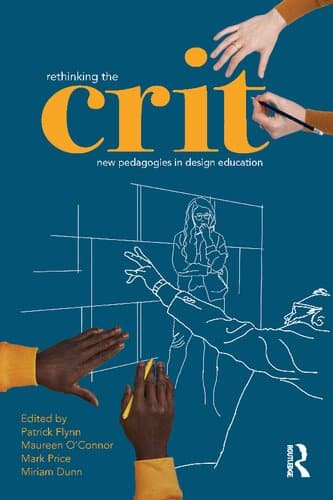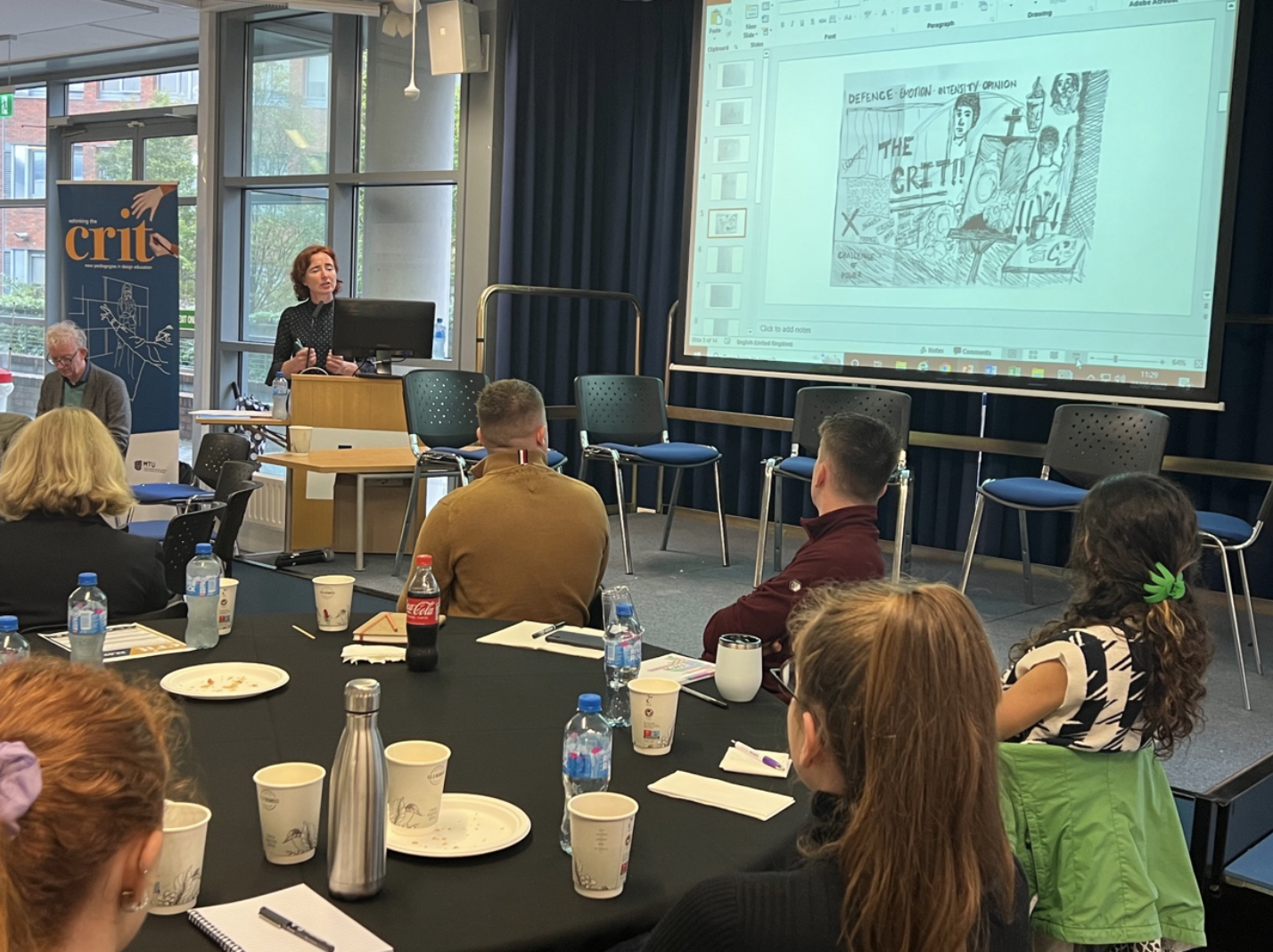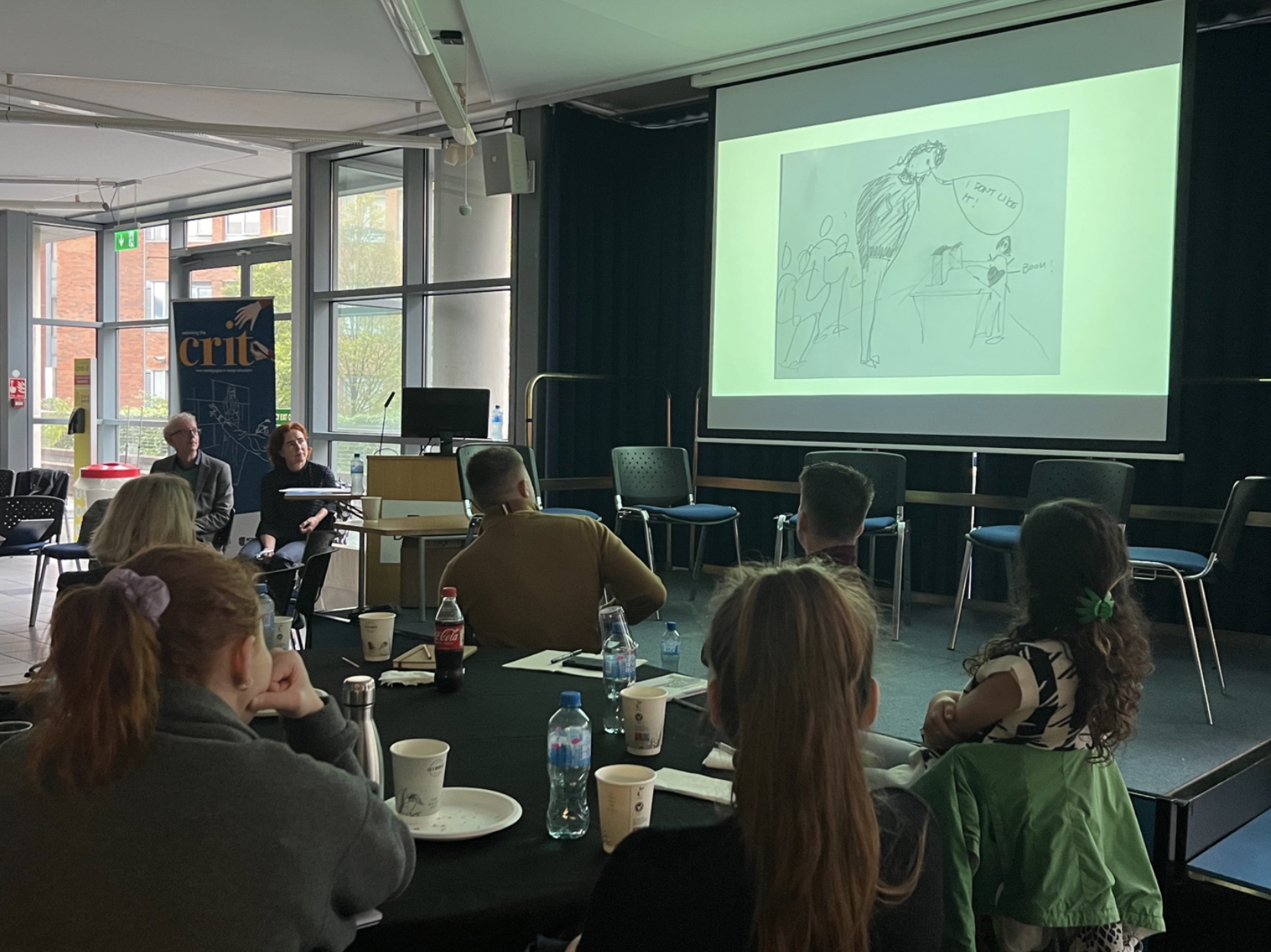Rethinking the Crit: A New Year’s Resolution for ACSA
ACSA Distinguished Professor & AIA/ACSA Topaz Laureate School of Architecture
University of Illinois at Urbana-Champaign

Certain aspects of online reviews used at the height of the pandemic, such as the Zoom chat room, when used effectively, can result in far greater student interaction, more engagement and higher levels of learning than that offered by traditional reviews. Rather than students sitting as second-class citizens behind a row of reviewers, staring at the back of heads and struggling to see their classmates’ projects from afar, online reviews allow all participants to see and hear each other and their work up close. During online reviews, when students are required to write thoughtful critiques of each other’s projects and to pose questions in real-time in the chat room, and then called upon to discuss their comments, they participate actively in everyone’s design review, not just their own, learning both how to receive and deliver criticism. Some of the best aspects of online reviews can be incorporated into in-person reviews, where we benefit from seeing students’ models, an experience that cannot be fully captured online.



 Study Architecture
Study Architecture  ProPEL
ProPEL 